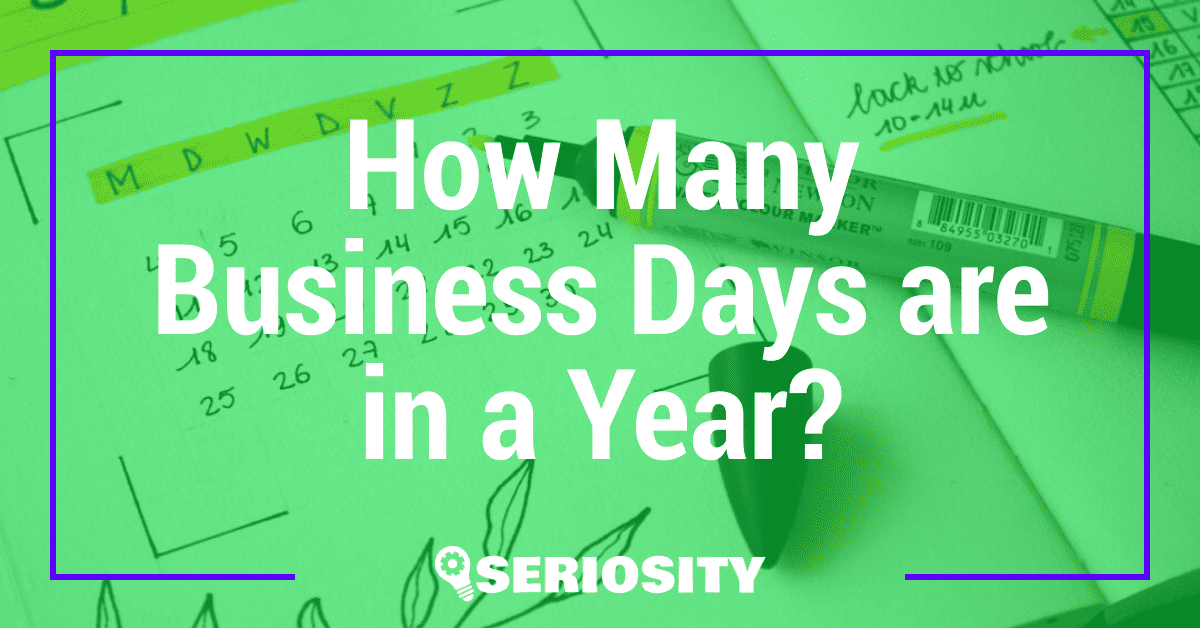Ever wondered what makes a coffee shop successful? It’s not just about the quality of the beans or the ambiance; it’s also about the business model behind it. Whether you’re dreaming of opening your own café or just curious about the industry, understanding the different business models can give you a fresh perspective.

From cozy neighborhood spots to bustling franchises, coffee shops come in all shapes and sizes. Each model has its unique approach to attracting customers and generating revenue. Let’s dive into the four main business models that can turn a simple coffee craving into a thriving venture.
Key Takeaways
- Selecting the Right Business Model: The success of a coffee shop heavily depends on choosing an appropriate business model that aligns with your goals, capital, and market conditions.
- Four Main Business Models: The key models include Traditional Coffee House, Coffee Shop with In-House Roasting, Drive-Thru Coffee Stand, and Mobile Coffee Cart, each with unique approaches to attracting and serving customers.
- Location, Product Quality, and Cost Management: Critical success factors for each model involve strategically selecting a location, ensuring product quality and diversity, and effectively managing operational costs.
- Future Trends and Technology: Integrating technology and sustainable practices can differentiate your coffee shop, improve customer satisfaction, and enhance operational efficiency.
Understanding Business Models for Coffee Shops
Choosing the right business model for your coffee shop can make all the difference in your venture’s success. Each model has unique strategies for attracting customers and generating revenue.
The Importance of Choosing the Right Model
Selecting the right model for your coffee shop determines its overall direction and success. You’ll find that a franchise offers brand recognition, while an independent shop allows more creativity. Aligning your model with your goals, available capital, and target market ensures your concept resonates with customers.
Key Factors Influencing Business Model Choices
Market Demand: Assess your local market’s demand for different types of coffee shops. A bustling city may support multiple franchises, whereas a small town might prefer a cozy, independent spot.
Capital Investment: Evaluate your available capital. Franchises often require higher initial investments but benefit from established branding and marketing. Independent shops generally need less upfront capital but require more effort in building a brand.
Location: Consider your shop’s location. High-traffic areas benefit from franchises and large spaces, while niche neighborhoods might better support smaller, unique coffee shops.
Personal Preference: Reflect on your aspirations. If you’re driven by creative freedom and brand-building, an independent model suits you. If you favor a proven system and support network, franchising might be your path.
Choosing the right business model involves balancing these factors to match your vision and market conditions.
Overview of the 4 Main Business Models for Coffee Shops
Choosing the right business model for your coffee shop is crucial for success. Let’s dive into the four main business models: Traditional Coffee House, Coffee Shop with In-House Roasting, Drive-Thru Coffee Stand, and Mobile Coffee Cart.
Traditional Coffee House
A Traditional Coffee House offers a classic, cozy spot for customers. This model provides a comfortable environment with seating, often featuring free Wi-Fi and light snacks. Traditional coffee houses thrive in urban areas and college towns where foot traffic is high. These spaces encourage customers to stay longer, boosting additional sales like pastries and sandwiches. For instance, Starbucks and local independent shops often follow this model.
Coffee Shop with In-House Roasting
A Coffee Shop with In-House Roasting takes the coffee experience to the next level by roasting beans on-site. This model attracts coffee enthusiasts keen on fresh, high-quality brews. The initial investment is higher due to roasting equipment but offers a unique selling point. Customers enjoy witnessing the roasting process and purchasing freshly roasted beans to take home. An example would be Intelligentsia Coffee & Tea.
Drive-Thru Coffee Stand
A Drive-Thru Coffee Stand caters to busy individuals needing a quick caffeine fix. Unlike traditional setups, there’s no need for seating or large spaces. These stands, often located in high-traffic areas like near office parks or along busy roads, focus on efficiency and speed. Drive-thru models require lower overhead costs and provide convenience. Dutch Bros and Scooter’s Coffee are notable examples.
Mobile Coffee Cart
A Mobile Coffee Cart offers flexibility and lower startup costs. This model allows you to bring coffee directly to customers at festivals, parks, and busy streets. Mobility enables you to test various locations and shift based on demand. Mobile carts can quickly adapt to trends and get noticed in crowded spaces. Examples include catering services or food truck events featuring coffee.
Aligning your chosen model with your goals and target market enhances your chances of success in the competitive coffee industry.
Analyzing Success Factors for Each Business Model
Understanding the key success factors for each coffee shop business model is essential for making informed decisions.
Location and Customer Base
For Traditional Coffee Houses, choose urban areas with high foot traffic. Busy downtown locations or near office complexes attract a steady flow of customers. Ensure your shop is accessible and visible. For Coffee Shops with In-House Roasting, target areas known for coffee culture. Places near universities, tourist spots, or upscale neighborhoods work well. Drive-Thru Coffee Stands thrive beside busy roads and commuter routes. Prioritize ease of access and quick service. Mobile Coffee Carts benefit from flexibility. Place your cart at local markets, events, or business districts. Keep an eye on popular gathering spots and adapt your location accordingly.
Product Quality and Diversity
Offering premium quality coffee ensures repeat business. Traditional Coffee Houses should provide a variety of beverages and snacks, catering to diverse tastes. A strong menu encourages customers to try new items. Coffee Shops with In-House Roasting should focus on unique blends and single-origin coffees. Highlighting the roasting process as part of the customer experience adds value. Drive-Thru Coffee Stands require a concise menu that doesn’t compromise quality. Focus on popular, quick-to-prepare drinks. Mobile Coffee Carts need a streamlined selection. Offer high-demand products that can be prepared efficiently on the go.
Managing Operational Costs
Keeping operational costs in check boosts profitability. Traditional Coffee Houses face higher rent in prime locations, so manage overheads by optimizing staff schedules and controlling inventory. Coffee Shops with In-House Roasting invest in roasting equipment. Balance this with efficient use of space and maximizing revenue per square foot. Drive-Thru Coffee Stands benefit from lower real estate costs. Focus on maintaining equipment efficiency and minimizing waste. For Mobile Coffee Carts, startup costs are lower, but consider fuel and maintenance expenses. Simplify operations to reduce labor costs and enhance mobility.
Understanding these factors helps align your coffee shop with market demands and customer preferences.
Future Trends in Coffee Shop Business Models
Exploring future trends is crucial for staying ahead in the competitive coffee shop industry. As an entrepreneur and business enthusiast, you’ll find that integrating new ideas can drive success.
Technology Integration
Technology offers numerous opportunities for modernizing coffee shops. Digital ordering systems streamline operations and improve customer service. Apps enable pre-ordering, reducing wait times and boosting customer satisfaction.
Contactless payments enhance convenience for customers. Incorporating loyalty programs within these apps can also boost repeat business. Smart equipment, like precision grinders and automated espresso machines, ensures product consistency and reduces labor costs.
Sustainability Practices
Sustainability is increasingly important. Adopting eco-friendly practices not only helps the environment but also attracts conscientious customers. Using biodegradable or reusable cups reduces waste significantly.
Sourcing fair-trade coffee supports ethical farming practices. Implementing energy-efficient equipment and waste reduction strategies can lower operational costs. Eco-friendly packaging and minimal plastic usage resonate well with environmentally-conscious consumers, strengthening your brand’s reputation.
Focusing on these trends can position your coffee shop as a modern, responsible, and customer-centric business.
Conclusion
Choosing the right business model for your coffee shop is crucial for success. Whether you opt for a traditional setup or something more innovative like a mobile coffee cart, understanding your location, customer base, and product quality will guide your decisions.
Don’t forget the importance of integrating technology to streamline operations and enhance customer service. Embracing sustainability practices not only attracts eco-conscious customers but also helps in reducing costs.
By staying modern, responsible, and customer-focused, you’ll be well-equipped to thrive in the competitive coffee shop industry.
Frequently Asked Questions
What are the primary business models for a coffee shop?
The primary business models for a coffee shop include Traditional Coffee Houses, Coffee Shops with In-House Roasting, Drive-Thru Coffee Stands, and Mobile Coffee Carts.
Why is the location important for a coffee shop’s success?
Location is crucial because it impacts foot traffic, visibility, and accessibility to your target customer base, directly affecting sales and profitability.
How does customer base influence the choice of a coffee shop business model?
Understanding your customer base helps tailor your offerings and ambiance to meet their preferences, ultimately driving customer satisfaction and repeat business.
What role does product quality play in a coffee shop’s success?
High-quality products ensure customer satisfaction, build brand loyalty, and differentiate your business from competitors, contributing to long-term success.
How can technology improve coffee shop operations?
Technology can streamline operations, enhance customer service, manage inventory, and provide data-driven insights for better decision-making, increasing efficiency and customer experience.
What are some eco-friendly practices for coffee shops?
Eco-friendly practices include using recyclable materials, reducing waste, sourcing fair-trade coffee, and implementing energy-efficient systems to attract conscientious customers and lower costs.
Why is fair-trade sourcing important for coffee shops?
Fair-trade sourcing supports ethical practices, ensures fair wages for farmers, and appeals to socially conscious consumers, enhancing your brand image and customer loyalty.
How can embracing sustainability trends benefit a coffee shop?
Embracing sustainability trends can reduce operational costs, attract eco-conscious customers, and position your coffee shop as a modern, responsible business in a competitive market.














